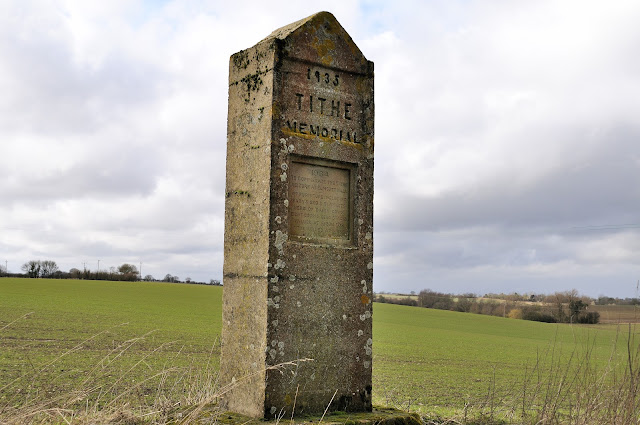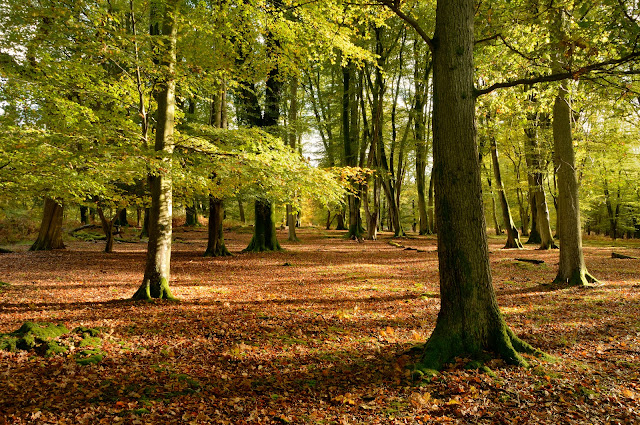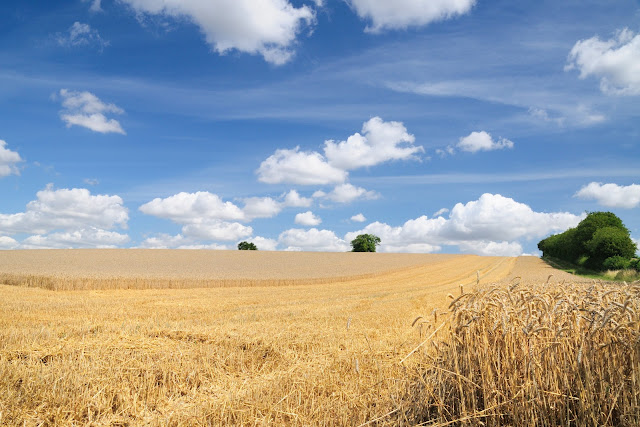The Tithe War

The Elmsett tithe memorial is one of several reminders in Suffolk of the battle fought by small farmers against the demands from the Church for payment of tithes. It also recalls a now largely forgotten but rather murky period in East Anglian local politics. In the 1930s, agriculture in England experienced a deep depression, and it was very hard to make the land pay. The Church of England had undergone much modernisation over the previous century, but even so, there were still parishes where the tithe system meant that even small landowners were legally obliged to contribute a proportion of their income to the church for the upkeep of its incumbent. This was the case even if they were not Anglicans, which in Suffolk many were not. In addition, many of the smaller landowners were supporters of the Liberal Party, but the governing Conservative Party, which many of the larger landowners supported, stood foursquare behind the Church in the matter. If the landowners refused to pay, t




